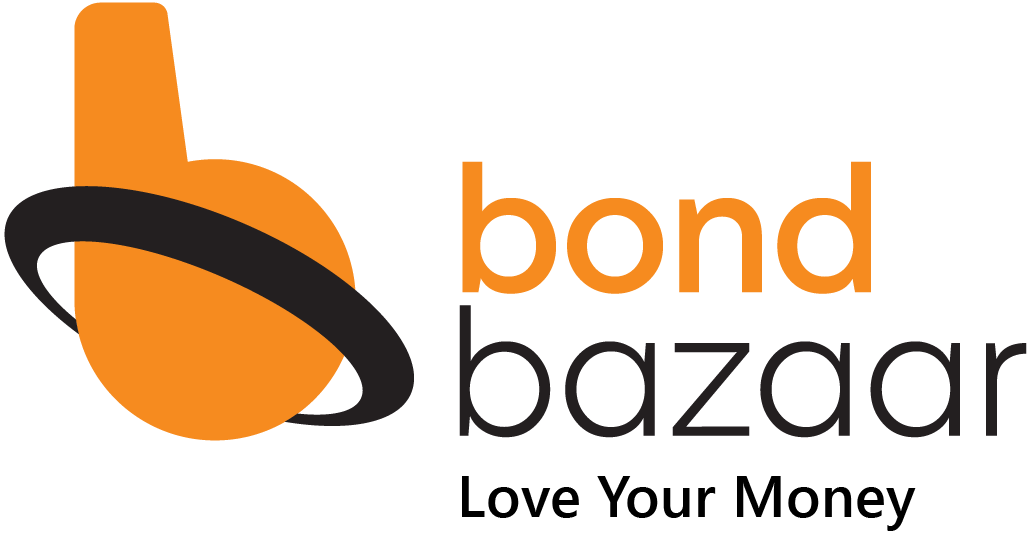Reclaiming Your Time and Attention

The Case for a News Detox
Pause and Pivot, Hawkish and Dovish, are two words that have come increasingly into conversations after the Reserve Bank of India stood pat on a key borrowing rate, leaving it unchanged.
That was the dovish part.
The hawkish part was in the RBI's statement, which said most members of its monetary policy panel withdrew an 'accommodative' credit policy stance due to persistent inflation.
Newspaper headlines screamed 'HOME LOAN RATES WON'T RISE', with the disclaimer "FOR NOW.'
Bond prices rose in reaction to the rate pause, and stock indices rose, rejoicing that the cost of capital would not rise.
Let us forget interest rates and look at the other factors.
Let us also forget whether the RBI has paused hiking rates after raising them by 250 basis points since. May 2022, or has the central bank pivoted and will start cutting rates.

What's the good word?
A heartening aspect is that the quality of credit is improving, and that has been vouched for by rating agency CRISIL.
The international rating agency S&P Global Inc subsidiary said India's banking and corporate balance sheets show resilience, with the ratio of credit rating upgrades to downgrades remaining higher than the 10-year average.
Cashflows in the automobile, hospitality, and dairy products sectors are expected to grow faster. At the same time, highway tolling, infrastructure, renewables and construction companies will have a favourable to stable credit profile.
What's causing the frown?
The hawkish-dovish policy stance indicates potential red flags ahead for financial markets, particularly with the spike in international oil prices.
Analysts estimate oil prices could surge to $100 per barrel from $80 per barrel.
This is bad for India because domestic inflation will rise by 0.3% for every 10% rise in crude oil prices. This could slow down the economy by 0.15%.
While the RBI's monetary policy statement suggests that the inflation threat may decrease in the short term, the possibility of high oil prices means that the rate 'hike' cycle may still be ongoing.
What's the way ahead?
As an investor, it is essential to focus on the visibility of economic growth and corporate profits.
The RBI's policy statement projects a Gross Domestic Product (GDP) growth rate of 6.5% in 2023-24 and 2024-25, which is crucial for businesses that rely on India's economic growth, such as financial services, consumer companies, construction and infrastructure businesses, hotels, tourism, and other sectors.
While the economic uncertainty in the US and Europe may trigger a slowdown in the services sector, the RBI's policy relies on India's domestic economy to drive growth.
It appears then that the way ahead is to stay the course and stick to the asset allocation plan.
Financial experts suggest investors could take tactical calls for the short-term, based on what is recommended by their financial advisors.
So, Pause or Pivot, Hawkish, or Dovish does not matter if you follow a flexible asset allocation plan under advice and are a long-term investor.
Liked what you read? Share this article with your followers.
Sign up and follow us on and to get the best stories on Investments, Strategies, Tools, Ideas & Insights to help you Grow and Conserve your wealth.
